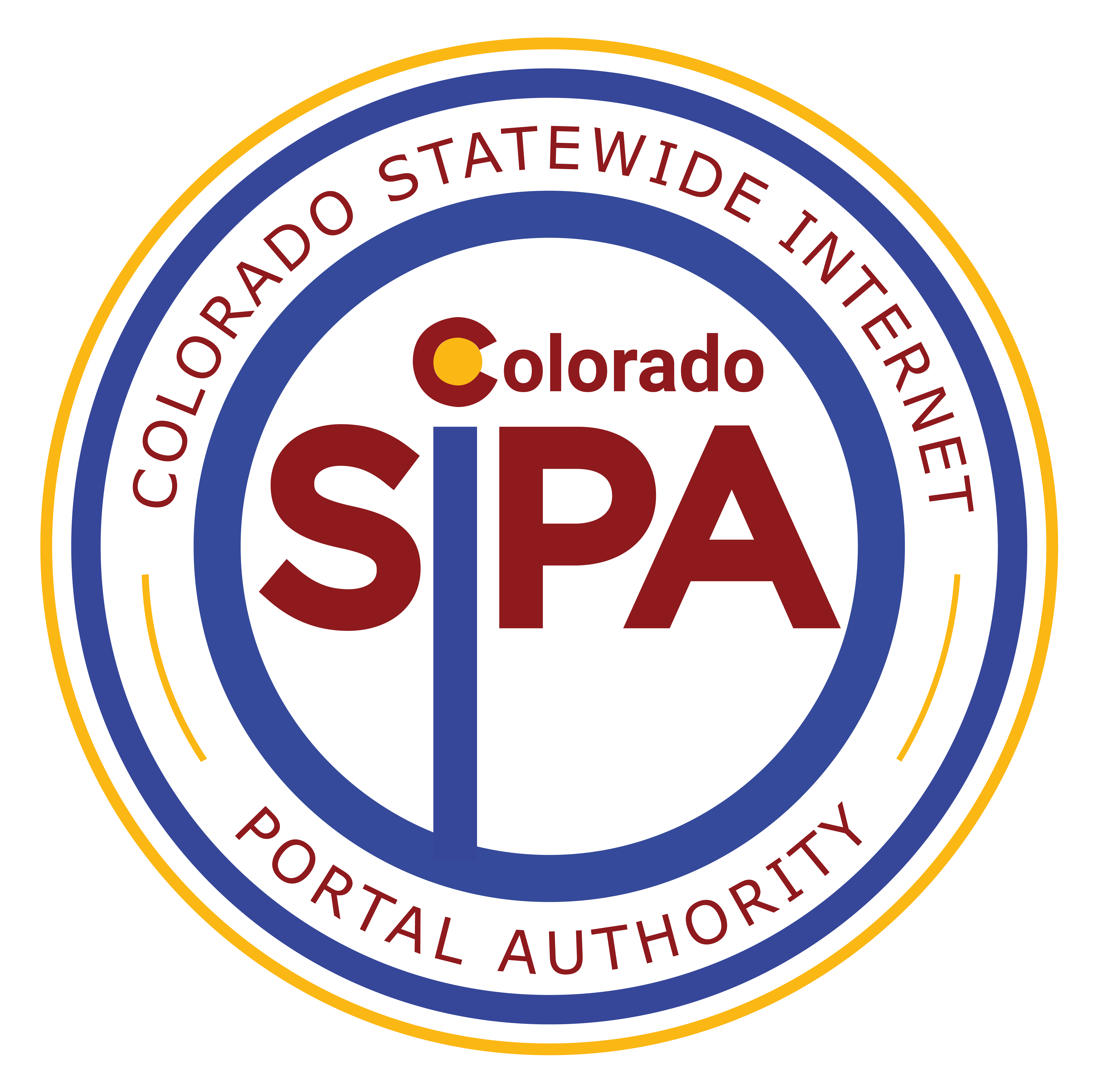Micro-Grant Check-In
Colorado Historical Maps - Jerry Crail Johnson Earth Sciences & Map Library at CU Boulder
The map collection located at the Jerry Crail Johnson Earth Sciences & Map Library at CU Boulder is as impressive online as it is offline. Over the past years, the map library has been working to expand the reach of their historical maps, for use not only by CU students and faculty, but also for the state and beyond. The map library has focused their efforts on making their online library as vast and informational as their physical library - so in 2017, after hearing about the SIPA Micro-Grant, they decided to submit the project: Colorado Historical Maps.
A year after receiving the Micro-Grant funds (a 2016 grant cycle recipient), the virtual maps library launched newly scanned historical maps of Colorado, created and published by Louis Nell. You can see the maps here. The Nell maps, scanned and made available online through the SIPA Micro-Grant, are currently receiving the most use of any digital collection at the library and are an example of how the map library at CU Boulder is making a point to put information and resources online that their community is asking for and impatient to engage with.
Naomi Heiser, the Map Library Cataloguing Manager was able to speak to the effectiveness of the grant, "The grant allowed us to put up some of our most unique historical maps at a time when we had to outsource scanning the maps. On top of that, one of the best parts about the grant process was attending the User Conference and being a part of the community. Listening to the other project ideas and presentations was also valuable and gives us ideas for future grant projects.”
While the Nell’s maps certainly aren’t the only maps available from the library, they were a priority set for online because of their uniqueness as a near complete group of published works. The Rocky Mountain Map Society, the local history of cartography group in Denver was instrumental in encouraging the digitization of the Nell maps, as well as others held only by the map library at CU Boulder. The digitization has ushered a number of excited researchers and educators to the (online) library: namely those trying to understand the mining and agricultural history of Colorado over many years, the changes in landscape, or the presence of certain groups across Colorado counties.
Ultimately the Jerry Crail Johnson Earth Sciences &, Map Library at CU Boulder is trying to do exactly what SIPA aims to do - put more information online in a useable and intuitive way. By digitizing information, these maps are available anytime and anywhere, and to anyone including classrooms across the state, and educators and researchers across the country.
People across the state of Colorado use the Colorado Historical Maps Collection for a variety of things, namely:
- Genealogy research
- K-12 classroom curriculum
- CU classroom education
- Place-name changes
- Historical land use
- Historical transportation routes
- Geographical details and changes
